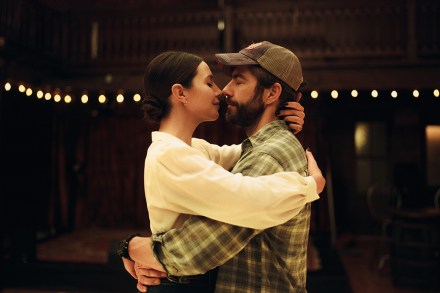Sly, sexy and smart: The Nature of Love reviewed
The Nature of Love is a French-Canadian film about an academic who considers herself happily married but then encounters a builder and sparks fly. I’ve made it sound like one of those Confessions… films, or an airport novel, but it isn’t. It’s sly, sexy and smart and, even though it’s billed as a romantic comedy and skips along nicely, it also asks some important questions, such as: once a relationship becomes humdrum has it moved to a deeper plane? Or is that the lie we tell ourselves? To compensate? Written and directed by Monia Chokri, the film stars Magalie Lépine Blondeau as Sophia who, like Glenn Powell’s character in Richard




















